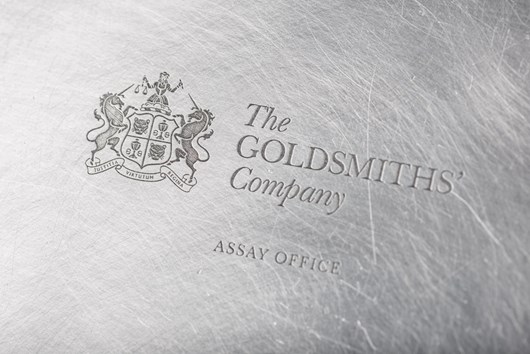
The Goldsmiths' Company Jewellery Materials Congress
As part of our dedication to becoming a centre of excellence for jewellery materials we will be holding a major international conference on 8 and 9 July 2019, at Goldsmiths' Hall.
The Congress
This Congress forms part of a series of activities by the Goldsmiths’ Company to advance and disseminate knowledge and to encourage research and its exploitation in the field of jewellery & silverware technology. Its aim is to promote participation in new technologies and best practice that will lead to innovative design, improved quality and production efficiency and increase the expertise within our industry.
This new Materials Congress is supported by the internationally renowned Santa Fe Symposium® for jewellery manufacturing technology, based in Albuquerque, New Mexico, USA, now in its 33rd year. Its co-founder, Eddie Bell, is convinced that the Symposium has successfully served as an outlet for his drive to share knowledge and expertise within the industry with those who share his passion for the craft. Eddie will be one of the Keynote speakers at this inaugural Congress.
The Materials Congress aims to bring his ethos to the UK and Europe. It will support the jewellery & silverware community and provide a collaborative, non-commercial forum to share knowledge and foster technological and operational innovation.
Keynote speakers
The following Keynote speakers have been confirmed:
Eddie Bell, Rio Grande Executive Vice President Emeritus, Albuquerque USA and Co-Founder of the Santa Fe Symposium®.
Grant Macdonald, Founding Director, Grant Macdonald Silversmiths, London UK
Tim Burstein, Emeritus Professor of Materials Chemistry & Corrosion, University of Cambridge, UK.
Chris Corti, MD, COReGOLD Technology, Reading, UK
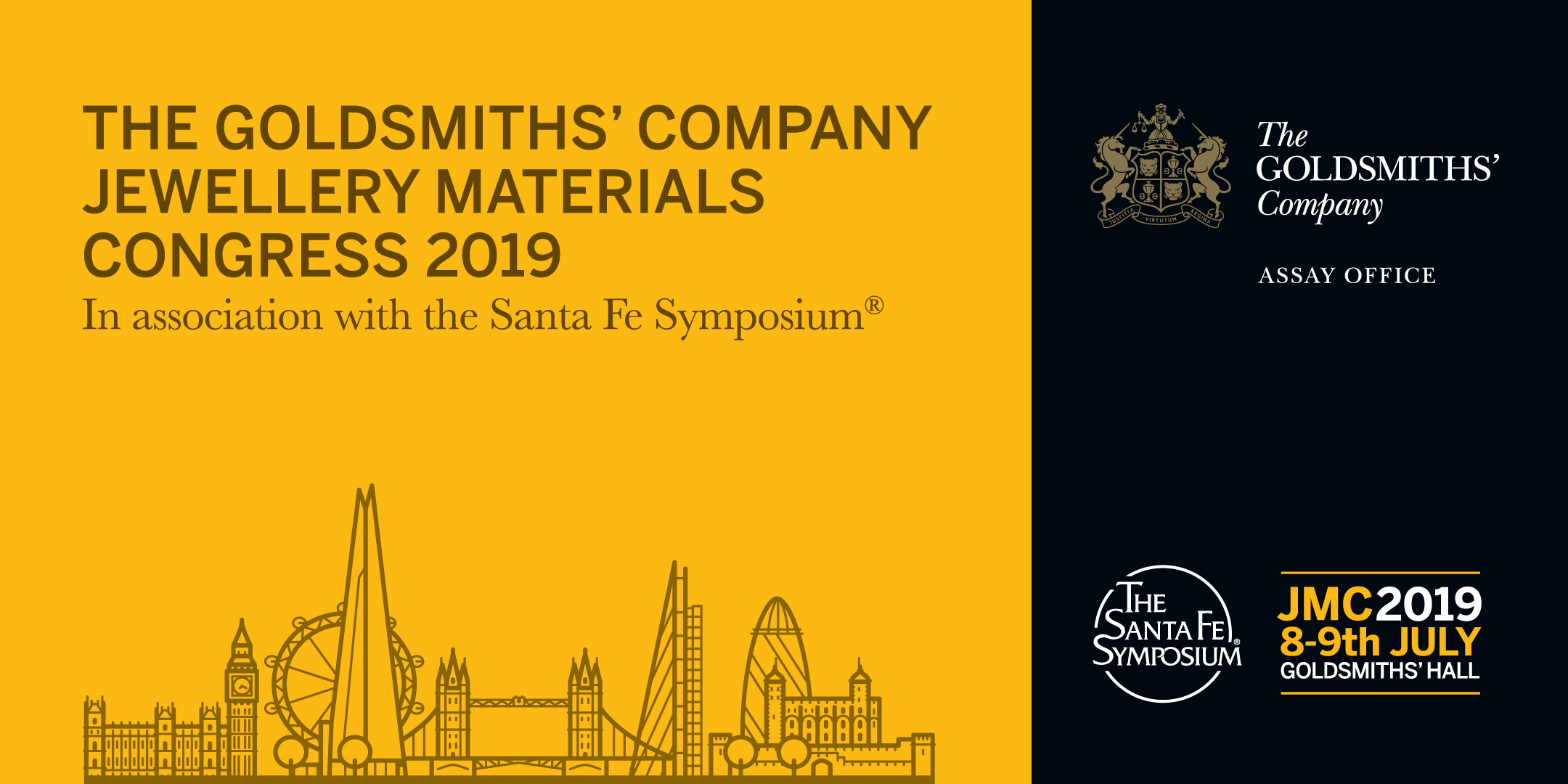
Conference fees
The attendance fee will be £480 but current students will be free of charge. This aligns with the Goldsmiths’ Company ethos to educate and engage the future of the trade. The fee includes the catering arrangements described below, and conference proceedings.
Practical Information
Catering – lunch will be provided on both days of the conference. There will be a gala dinner in the spectacular surrounds of Goldsmiths’ Hall on the night of Monday 8 July. There will be accompanying entertainment.
Optional tours: On Wednesday, 10th July, there will be tours open to all delegates to The London Assay Office (at Goldsmiths’ Hall), to the Goldsmiths Centre at nearby Clerkenwell, in the heart of the London jewellery industry and to a leading silver manufacturer.
Hotel Accommodation: There is a range of hotels available near Goldsmiths Hall. A list is available on request. Hotel/accommodation costs are not included in the price of the Congress.
Transport: There are good public transport links to Goldsmiths Hall – bus and underground railway. It is accessible from all main railway termini in London There are several airports serving London. The nearest are London City, London Heathrow and London Stansted whilst London Gatwick has direct rail links into London.
The talks fall into these categories:
- Academic Research
– KEYNOTE: Prof Tim Burstein Cambridge University - "The Tarnishing Conundrum of Silver“
– Dr L R Owen et al, Camb Univ - "Order-Disorder Transition in 12ct Rose Gold"
- Artisan Manufacture
– Chris Manning, Silver Hand Studios, Canada - "Lead-free Niello for the Modern Jeweller“
– Calina Shevlin, Atelier Guilloché Switzerland - "Guilloché“
– KEYNOTE: Grant Macdonald Grant Macdonald Silversmiths - "Fifty Years a Silversmith”
– Dr Lynne Bartlett - "Titanium, The Magic Metal"
– Ann Marie Carey, Martyn Pugh and John Wright, Birmingham City University - "How Can I Make a 99% Gold Jug From Sheet?"
- Industrial Materials Manufacture
– Dr Jörg Fischer-Bühner et al, Legor SpA Italy - "A New 925 Silver Alloy with Increased Tarnish Resistance: From R & D over real-life tests to manufacturing“
– Jim Binnion, JB Arts USA - "A New Method for Preparing 3D-Printed Acrylic Photopolymers for Investment Casting“
– Jochen Heinrich et al, C Hafner GmbH, Germany - "Opportunities by Applying Powder Metallurgy and Additive Manufacturing to Palladium and Platinum Jewellery Alloys“
– Dr Ulrich Klotz, FEM Germany - "Investment Casting of Platinum Group Metals“
– Teresa Frye, Techform, USA - "Platinum Jewellery Casting Alloys: A Comparative Study of Solidification Behaviours“
– Damiano Zito and Valentina Allodi, Progold S.p.A, Italy - “Potential and Innovation of the Selective Laser Melting (SLM) Technique in Platinum Jewellery Production"
- Visions of the Industry
– KEYNOTE: Dr Chris Corti, COReGOLD Technology - "Jewellery Alloys: Past, Present and Future“
– KEYNOTE: Eddie Bell, Rio Grande, USA - "What is Changing in Jewellery Making and Are We Keeping Pace?“
– Dr Peter Oakley, Royal College of Art - "Ethical Gold: Why Manufacturing Methods Matter"
– Dr Nuno Gonçalves, University of Coimbra, Portugal - "Uniquemark: A Method to Create and Authenticate a Unique Mark in Precious Metal Artefacts"
– Dippal Manchanda, Birmingham Assay Office - "Gold Allergy: Differentiating Myth From Reality"
Speakers and Working titles
Day 1
KEYNOTE: Eddie Bell, Rio Grande, USA - "What is Changing in Jewellery Making and Are We Keeping Pace?"
Teresa Frye, Techform, USA - "Platinum Jewellery Casting Alloys: A Comparative Study of Solidification Behaviours"
Dr Nuno Gonçalves, University of Coimbra Portugal - "Uniquemark: A Method to Create and Authenticate a Unique Mark in Precious Metal Artefacts"
Dr L R Owen et al, Camb Univ - "Order-Disorder Transition in 12ct Rose Gold"
Dippal Manchanda, Birmingham Assay Office - "Gold Allergy: Differentiating Myth From Reality"
KEYNOTE: Grant Macdonald Grant Macdonald Silversmiths - "Fifty Years a Silversmith”
Dr Jörg Fischer-Bühner et al, Legor SpA Italy - "A New 925 Silver Alloy with Increased Tarnish Resistance: From R & D over real-life tests to manufacturing"
Damiano Zito and Valentina Allodi, Progold S.p.A, Italy - “Potential and Innovation of the Selective Laser Melting (SLM) Technique in Platinum Jewellery Production"
Ann Marie Carey, Martyn Pugh and John Wright, Birmingham City University - "How Can I Make a 99% Gold Jug From Sheet?"
Speakers and Working titles
Day 2
KEYNOTE: Prof Tim Burstein Cambridge University - "The Tarnishing Conundrum of Silver"
Dr Ulrich Klotz, FEM Germany - "Investment Casting of Platinum Group Metals"
Dr Peter Oakley, Royal College of Art - "Ethical Gold: Why Manufacturing Methods Matter"
Jochen Heinrich et al, C Hafner GmbH, Germany - "Opportunities by Applying Powder Metallurgy and Additive Manufacturing to Palladium and Platinum Jewellery Alloys"
Calina Shevlin, Atelier Guilloché Switzerland - "Guilloché"
KEYNOTE: Dr Chris Corti, COReGOLD Technology - "Jewellery Alloys: Past, Present and Future"
Chris Manning, Silver Hand Studios, Canada - "Lead-free Niello for the Modern Jeweller"
Jim Binnion, JB Arts USA - "A New Method for Preparing 3D-Printed Acrylic Photopolymers for Investment Casting"
Dr Lynne Bartlett - "Titanium, The Magic Metal"
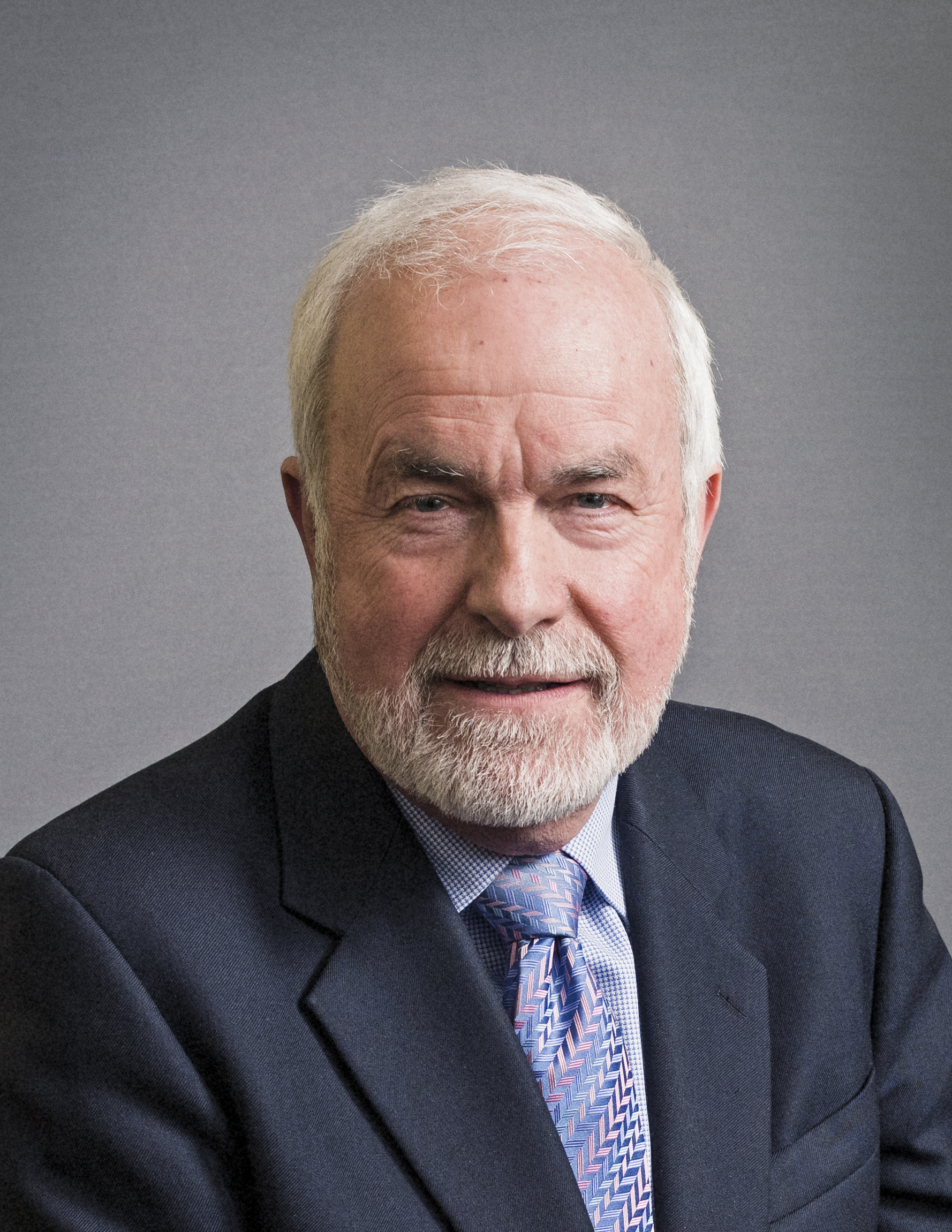
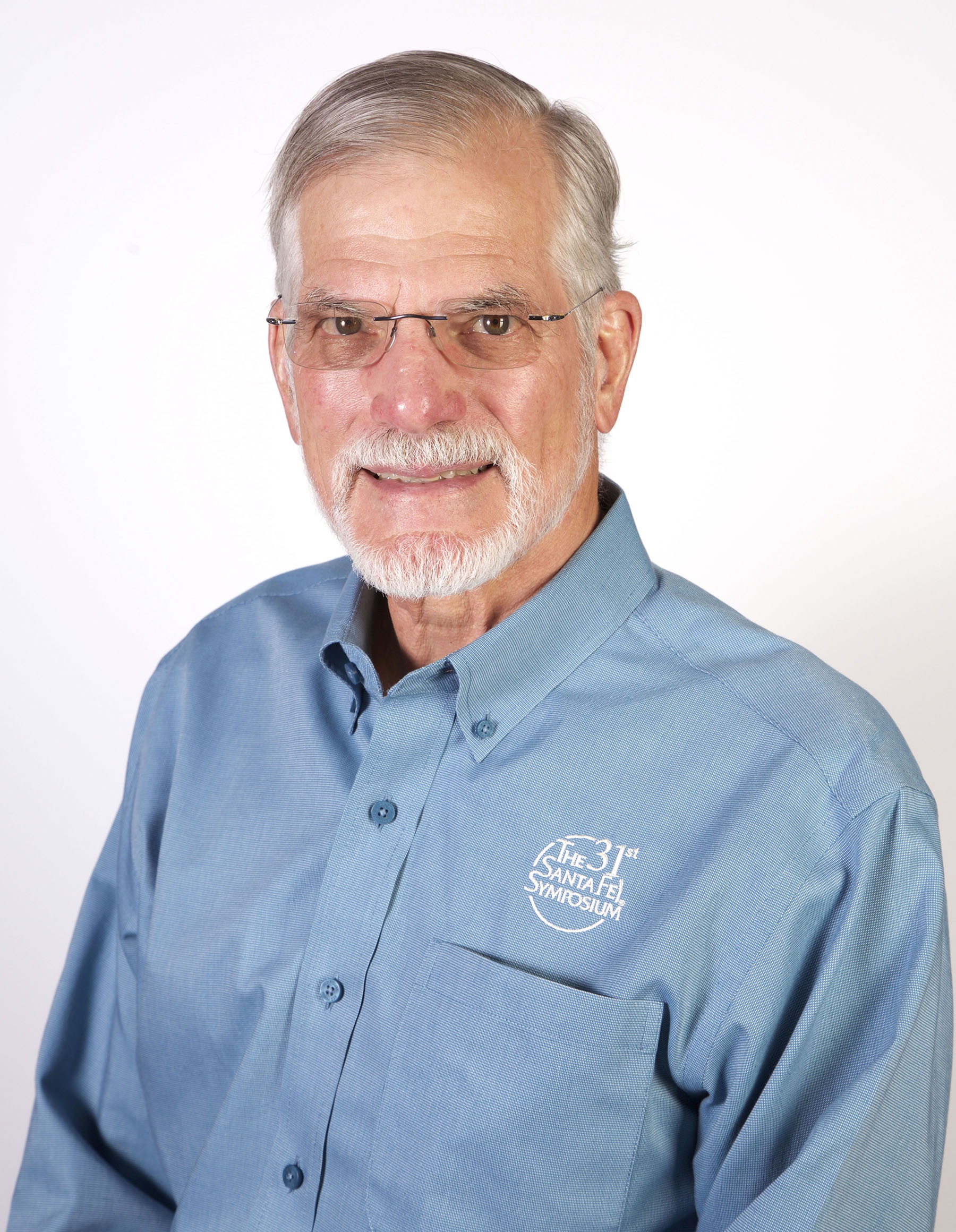
Grant Macdonald
"I was trained at the Central School of Art and the Sir John Cass College School of Art here in London, I graduated and started my own workshop in 1969 specialising in hand made silver and gold pieces. Now with my son George the Company is a second-generation business.
I travel far and wide for my work. We export some 95% of the pieces we make, the majority of which goes to the Arabian Gulf States, where we trawl the long corridors of Royal Palaces tracking down commissions for our team of skilled craftsmen to make.
Awarded the Queen’s Award for Enterprise in International Trade 2006 and
Granted a Royal Warrant as Silversmith & Goldsmith to HRH The Prince of Wales in 2016, the workshop is one of the largest in London.
There are a number of criteria that steer me through my work and I only enjoy designing and making good, if not great, pieces of silver. It is the quality of the work we produce that drives me on and the extraordinary skill and passion of the craft of silversmithing that makes it all worthwhile.
I have always sought to integrate some of the latest technology alongside hand making skills in my workshop hopefully ensuring that our craft continues to flourish."
Eddie Bell
Eddie Bell grew up in the jewellery business. He learned the trade from his father who was a master jeweller and the founder of Rio Grande Jewellers Supply in Albuquerque, New Mexico where Eddie worked for 50 years before retiring. After working in a variety of roles in growing Rio Grande, Eddie focused on manufacturing, eventually creating the line of Neutec® precision casting machines.
A believer in sharing knowledge as a means to advance the industry, in 1987 he started the annual Santa Fe Symposium® on Jewellery Manufacturing Technology with his friend Dave Schneller and is still active in that work.
In his years in the jewellery industry he has served on the board of the Manufacturing Jewellers and Silversmiths of America. A high point in his career was being inducted as an honorary associate of The Goldsmiths Company.
Eddie has presented technical papers on jewellery casting all over the world and his articles have been published in leading Jewel business magazines worldwide including Gold Technology.
His hobbies include collecting vintage cars and experimenting with ornamental turning on antique English lathes.
Dr Christopher W Corti
M.D., COReGOLD Technology Consultancy, Reading
Chris is a metallurgist and has over 40 years’ experience in the precious metals sector, firstly with Johnson Matthey as a research manager and technical director and then with World Gold Council as M.D., International Technology. Since retirement in 2004, he has managed his consultancy, and consults for the Worshipful Company of Goldsmiths, G.I.A. in the USA and formerly with World Gold Council. He has clients in India and Egypt. His background is in research & development and its commercial exploitation and he is an acknowledged expert in gold technologies and jewellery manufacturing.
He has presented at many conferences on jewellery technology (including the Santa Fe Symposium) and published many papers. He co-edited a book, “Gold Science and Applications” and wrote 2 chapters, he edited the series of WGC technical handbooks on gold jewellery and was editor of two journals, Gold Bulletin and Gold Technology. He was technical editor for the Goldsmiths Technical Journal.
Chris is a Chartered Engineer and Chartered Scientist, a Fellow of the City & Guilds Institute and a Fellow of the Institute of Materials, Minerals & Mining. He is a recipient of the IOM3’s Sir Andrew Bryan medal.
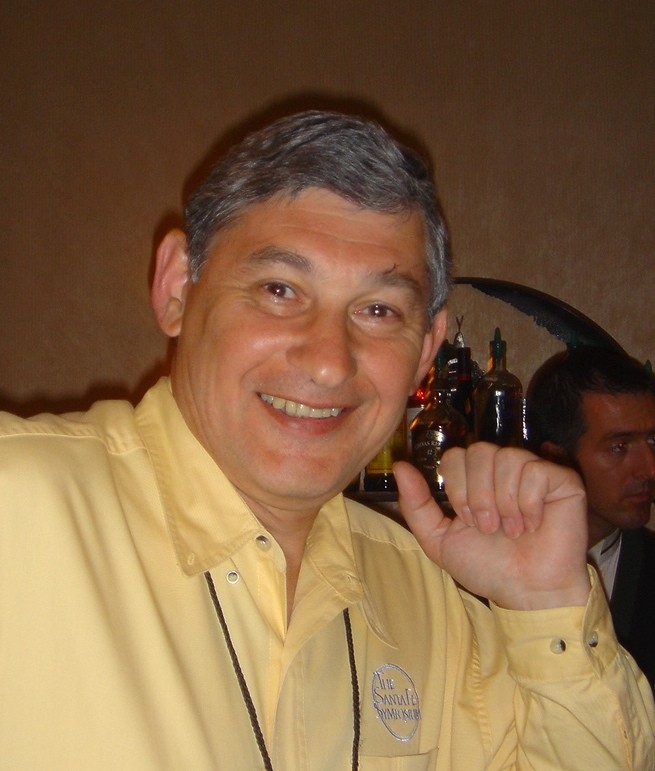
Prof Tim Burstein Hon FRSNZ, FECS, FICorr
Professor Burstein is currently a Distinguished Research Fellow in the University of Cambridge. His research interests include corrosion and passivation of metals, development of fuel cells, and electrochemical processing of metal surfaces: he has published across broad areas in these fields.
He has invented and developed many techniques for the researching and quantifying electrochemical processes. These include methods for quantifying the fast electrochemical processes that occur when metal surfaces are bared by transient mechanical stripping, as well as techniques for following the electrochemical processes consequent upon temperature cycling.
For his research he has received several international awards, including both the UR Evans Award and TP Hoar Award of the Institute of Corrosion, the HH Uhlig Award of the Electrochemical Society, the Lee Hsun Award of the Chinese Academy of Sciences, and the Cavallaro Medal of the European Federation of Corrosion.
He has lectured at undergraduate and postgraduate level across a wide range of metallurgy and materials science in the University of Cambridge, focusing on materials chemistry and corrosion. He introduced the formal teaching of Corporate Management in the undergraduate curriculum for the Department of Materials Science and Metallurgy, designed the course, and taught that subject. For his teaching, he has been awarded the University’s prestigious Pilkington Prize.
He has also acted as industrial and commercial consultant and advisor across diverse areas of corrosion and degradation of materials, both in the UK and abroad.
He was editor in chief of the journal Corrosion Science for more than 20 years, guiding its quality, its success and its prestige to reach an impact factor far in excess of that of its peers.
He is an Honorary Fellow of the Royal Society of New Zealand, a Fellow of the Electrochemical Society, and a Life Fellow of the Institute of Corrosion.
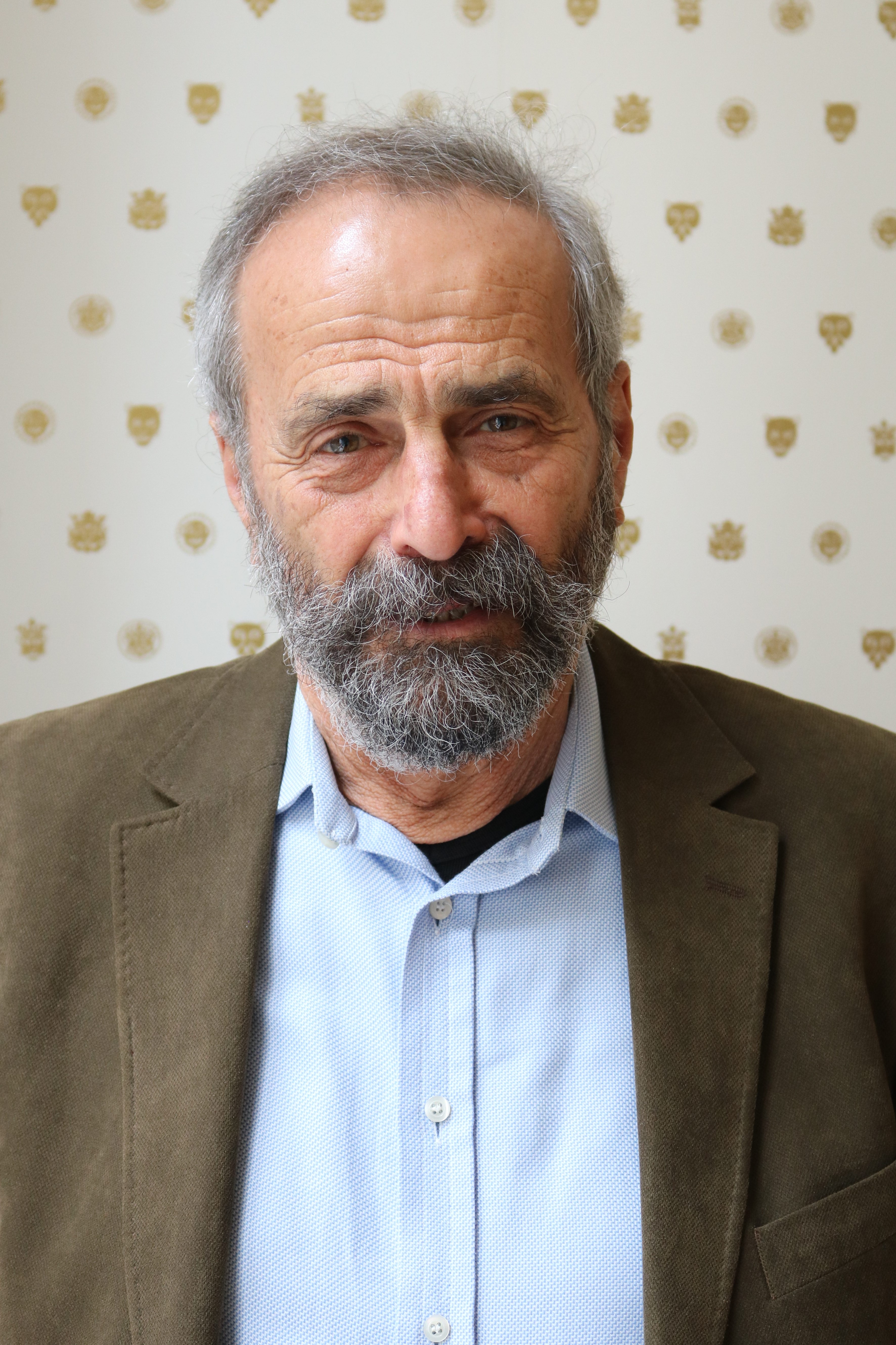
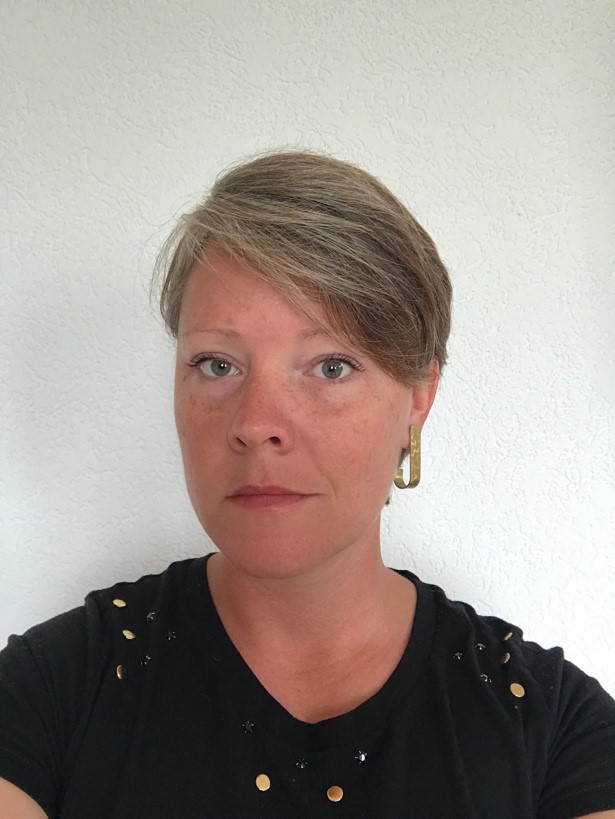
Calina Shevlin
Calina currently works for herself in Switzerland, making dials, pens, and jewellery for the watchmaking industry.
Calina is the author of ‘Guilloché: A History and Practical Manual’, the first comprehensive book on the history of guilloché from its birthplace of La Chaux-de-Fonds, Switzerland to current applications.
She has a Master’s in Fine Arts, concentration in Jewellery and Metals from the University of North Texas.
Calina did an unconventional apprenticeship with G. Phil Poirier in Taos, New Mexico, where she really discovered guilloché and found her calling in 2009. Calina travels all over the world giving talks and demonstrations of guilloché and hopes to inform as many people as possible to pull in a new generation willing to practice this rare art.
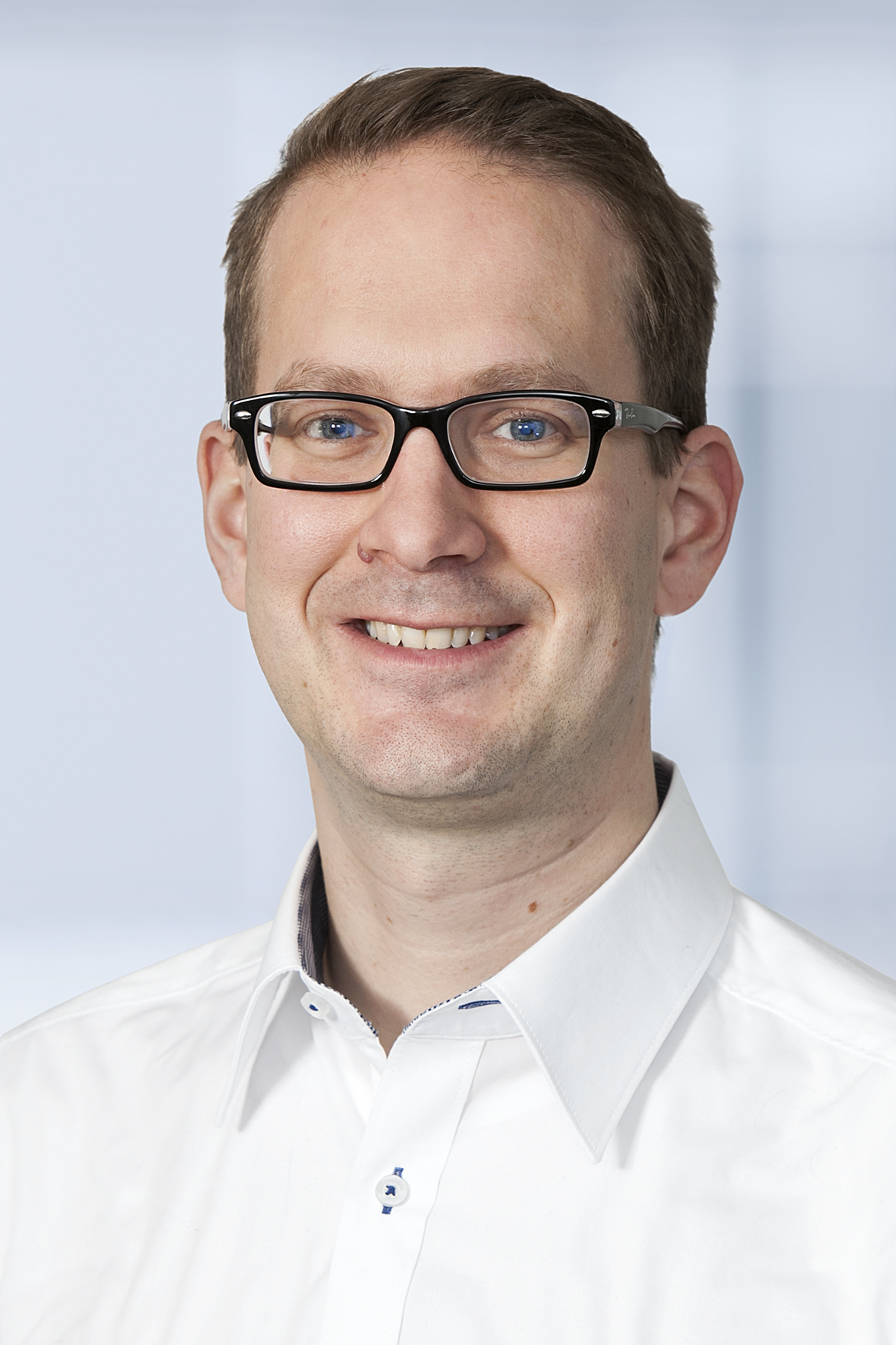
Jochen Heinrich
"I work at C.HAFNER GmbH + Co. KG in Wimsheim, Germany, a refining, product and service provider in the field of precious metals technology.
Areas of application are industry, jewellery and watches, as well as dental technology.
My contribution within the company focuses on powder metallurgical processing methods such as additive manufacturing and metal injection moulding.
With an education based on mechanical engineering and materials science, my intrinsic motivation is to push R&D of fascinating materials and their processing methods further. No question that AM with precious metals is a cutting edge!"
Dippal Manchanda, MSc, CChem, CSci, FRSC
Dippal Manchanda, Technical Director & Chief Assayer of the Birmingham Assay Office and Anchorcert Group, is personally active in many metal allergy and metal testing research areas.
He is a member and UK representative of CEN/TC 347/Task Group1 responsible for the revision of EN1811- Nickel release test standard and also member of the BSI STI/053 committee on jewellery.
He holds a master’s degree (MSc) in inorganic chemistry and has over 34 years of experience in assaying and examination of precious/non-precious metals, alloys, hazardous substances in jewellery, consumer goods and accessories.
He is a Fellow of the Royal Society of Chemistry (FRSC), a Chartered Chemist (CChem) and a Chartered Scientist (CSci).
Since completing his master’s degree, he has spent most of his career in the field of metal analysis and has been involved in several prestigious projects related to metal testing, metal allergy, manufacturing and precious metal refining. Developing Skin-KindTM test methodology to ascertain if the alloy material is safe for individuals with Skin Allergies was one of his recent projects.
During his career, he has written, contributed to and have published a range of peer-reviewed scientific papers as well as presented at numerous international conferences.
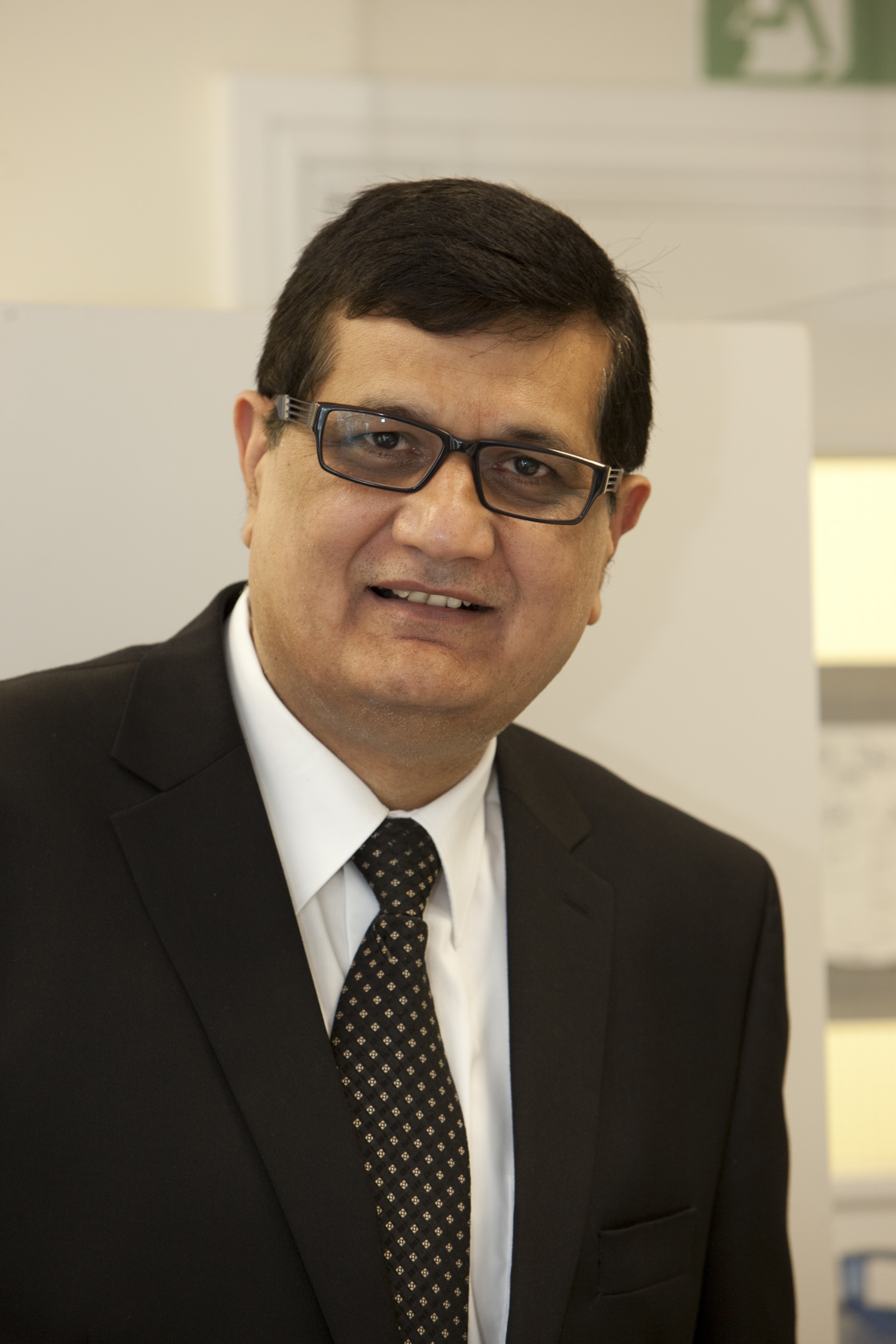
Dr Peter Oakley
Dr Peter Oakley is Reader in Material Culture in the School of Arts & Humanities at the Royal College of Art.
His research interests include the social identities of prestige materials and luxury goods, the role of ethical and sustainable material sourcing programmes, contemporary uses of traditional craft techniques and the introduction and exploitation of innovative manufacturing processes across the creative and luxury sectors.
Over the past decade Dr Oakley has followed the rise of ethical gold certification programmes, including the Fairtrade and Fairmined gold initiatives and the RJC’s Code of Practices (COP) and Chain of Custody (CoC) schemes. He has also observed the impact of NGO campaigns, UK, US and EU legislation and UN conventions on the fine jewellery industry and gold supply chains.
Dr Oakley is currently UK project manager for the transnational 4Cs project, funded by Creative Europe, and a co-investigator in the international Art Fair Innovations project, funded by the UK’s Arts and Humanities Research Council.
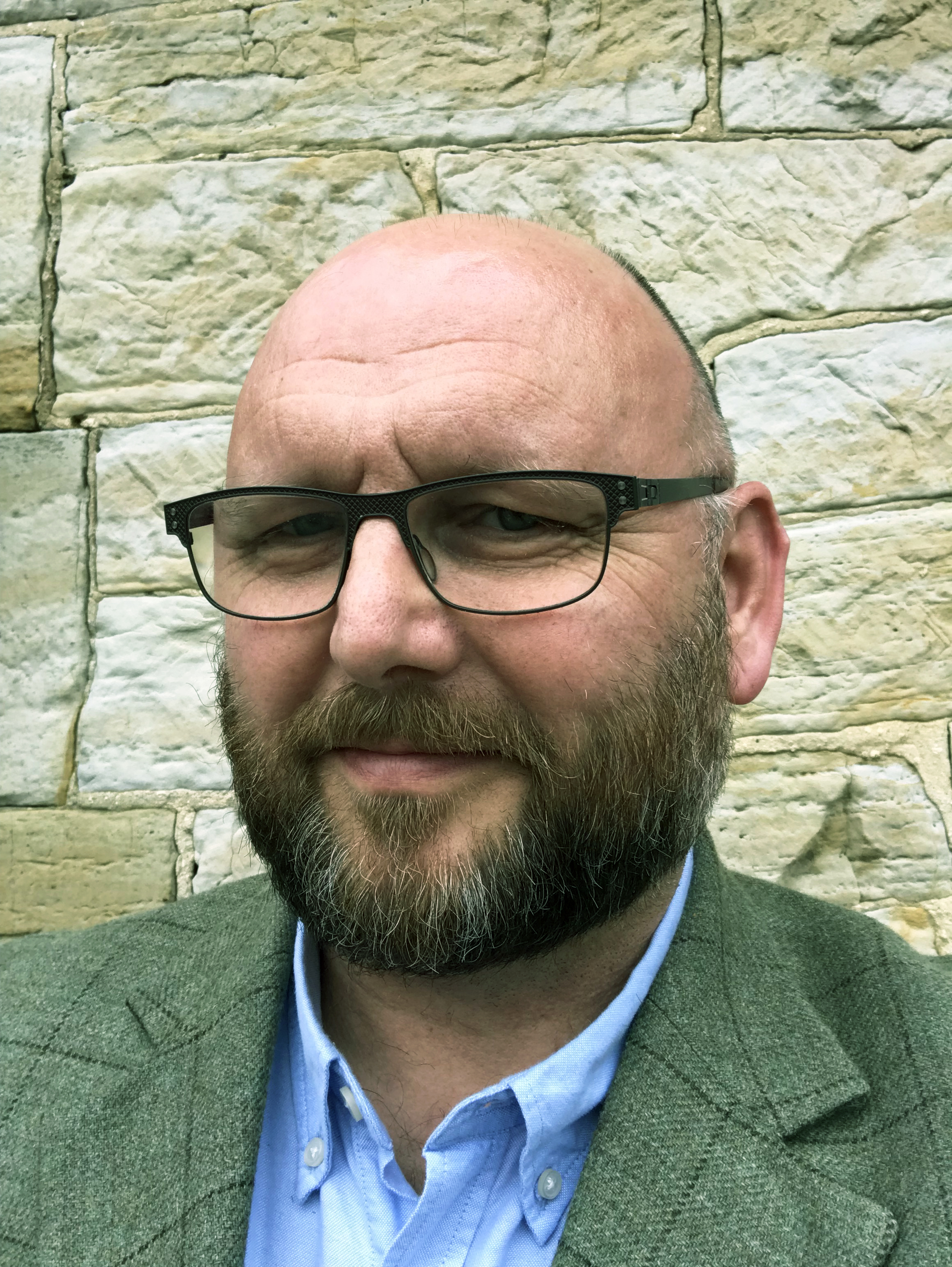
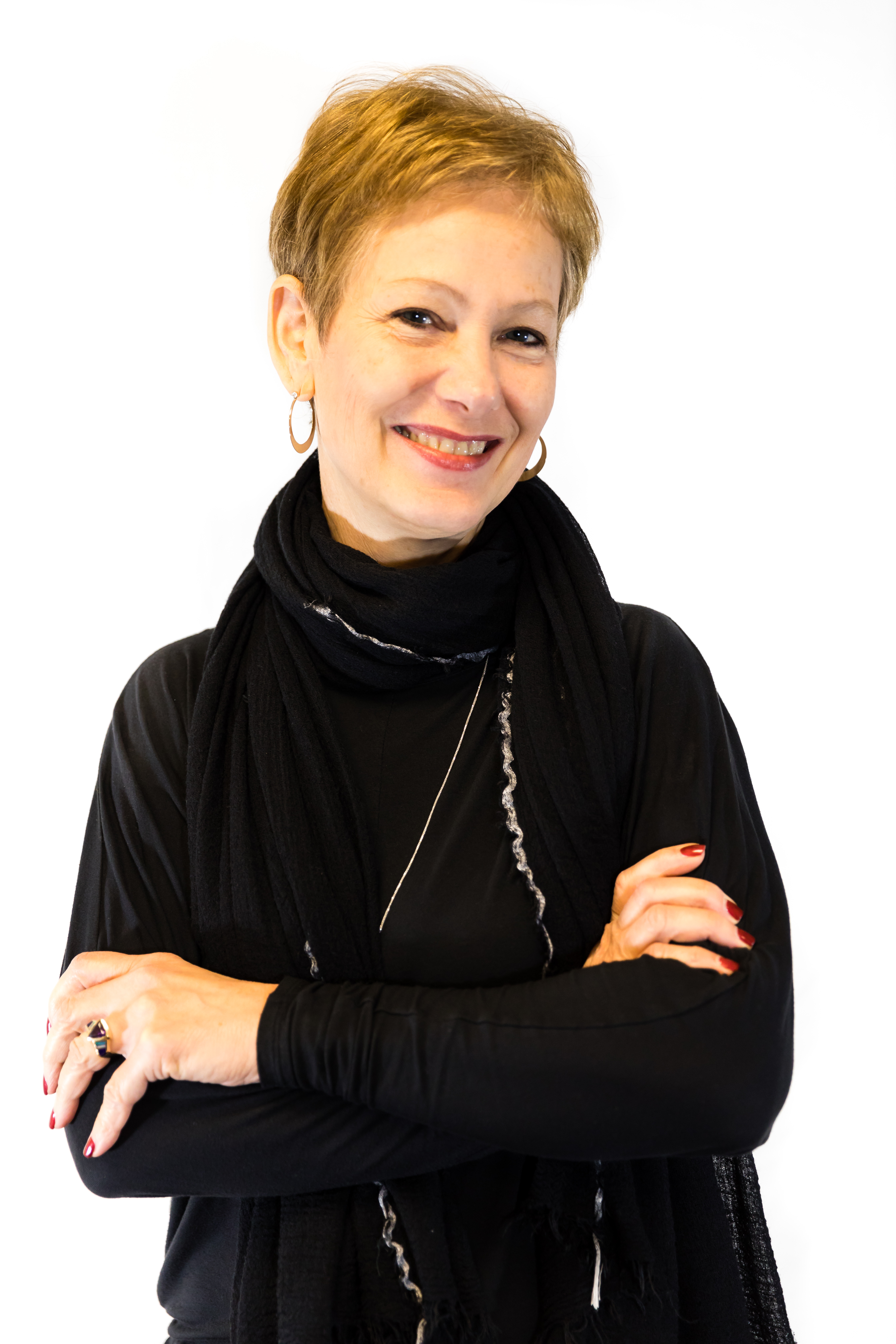
Teresa Frye
Teresa Frye is the owner and President of TechForm Advanced Casting Technology.
In the early 90’s her firm introduced high-temperature casting methods from the aerospace industry to platinum manufacturing.
A leading expert on shell casting methods and a prolific researcher, she has published technical papers and articles worldwide. Her publications have appeared in Platinum Metals Review, The Santa Fe Symposium on Jewelry Manufacturing Technology, The Jewelry Technology Forum, MJSA Journal, and JCK Magazine, among others. She has also presented her research at numerous venues across the globe.
Ms. Frye’s company, TechForm Advanced Casting Technology, provides platinum castings to a broad customer base, including most of the top jewelry brands in the US.
To further the sharing of technical information, in 2008 she founded the Portland Jewelry Symposium, an annual educational conference that specifically serves the educational needs of manufacturing jewellery retailers.
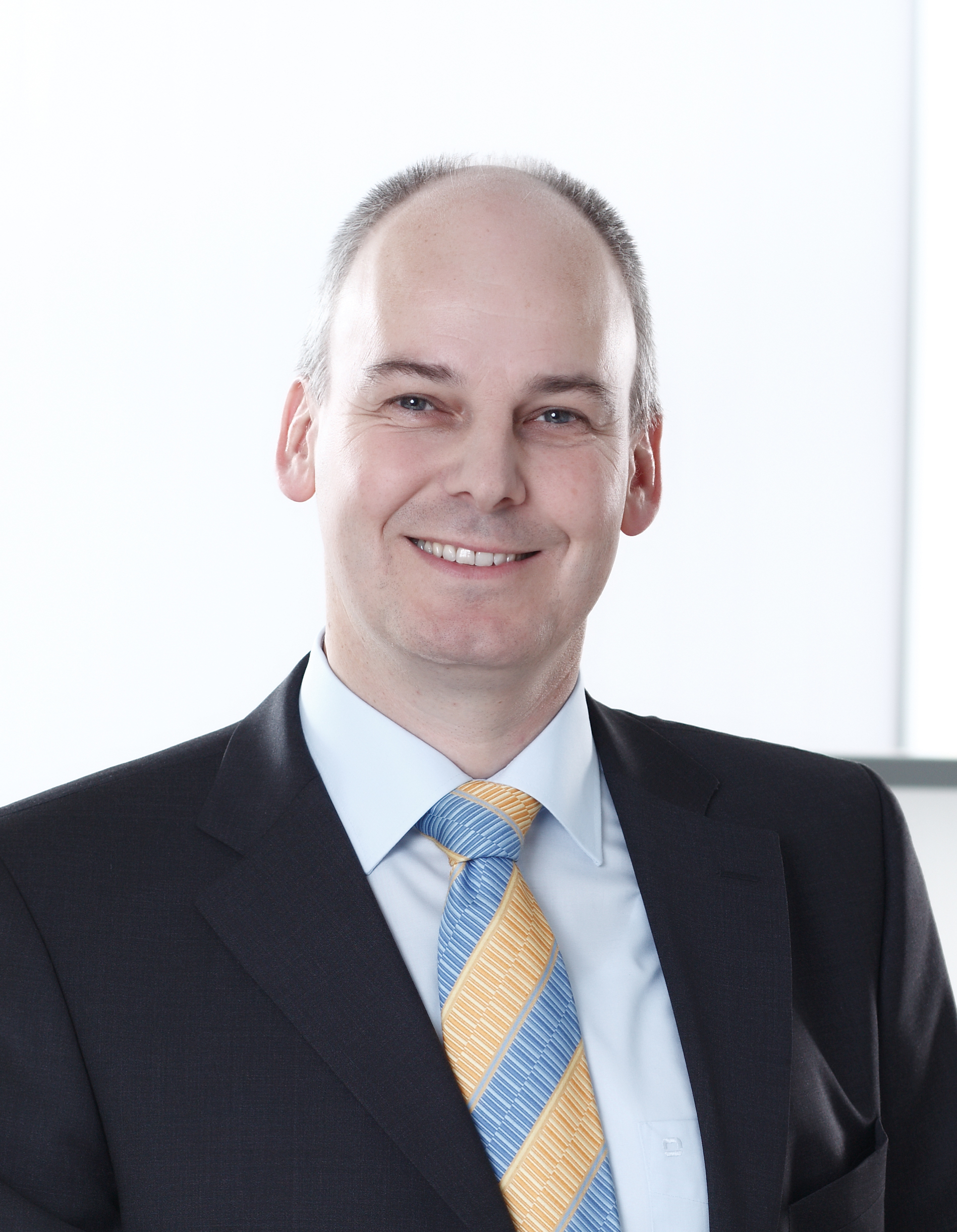
Dr Ulrich Klotz
Dr Ulrich Klotz is a diploma engineer in Physical Metallurgy and holds a Ph.D. in Materials Science from ETH Zurich, Switzerland. He is currently head of the Department of Physical Metallurgy at the Research Institute for Precious Metals & Metals Chemistry (fem), Schwaebisch Gmuend, Germany. Before he was working at the Swiss Federal Laboratories for Materials testing and Research (Empa) in the department of Surface and Joining Technology.
Since 1922 the fem is the world’s only independent Institute for Precious Metals Research. The aim of the work in the fields of materials science and surface technology is to develop pioneering solutions for the industry.
The research work of Dr. Klotz has included process and alloy development in the field of jewellery manufacturing technology by understanding the processing-microstructure-property relations. The focus was on investment casting and additive manufacturing of precious metals, copper and titanium alloys. His research has included computer simulation of casting processes, phase diagram determination and modeling as well as the measurement of thermophysical properties.
Chris Manning
Christopher Manning is the owner and designer at Silver Hand Studios, in Carleton Place, Ontario, Canada. Since 2007 he has focused on fountain pens and men’s dress accessories, and most recently started developing a line of wrist watches.
He is a self taught jeweller, machinist, and maker. The range of techniques used include classic skills such as guilloché, enamelling, and niello, along side modern tools such as 3D printing and CNC machining. The goal is to use the best tool or technique, whether modern or classic, to execute his designs. Century old straight line and rose engines sit beside 3D printers and custom CNC machines.
In his spare time, he co-hosts the podcast Off Hours, which explores design, watch making, and other curiosities.
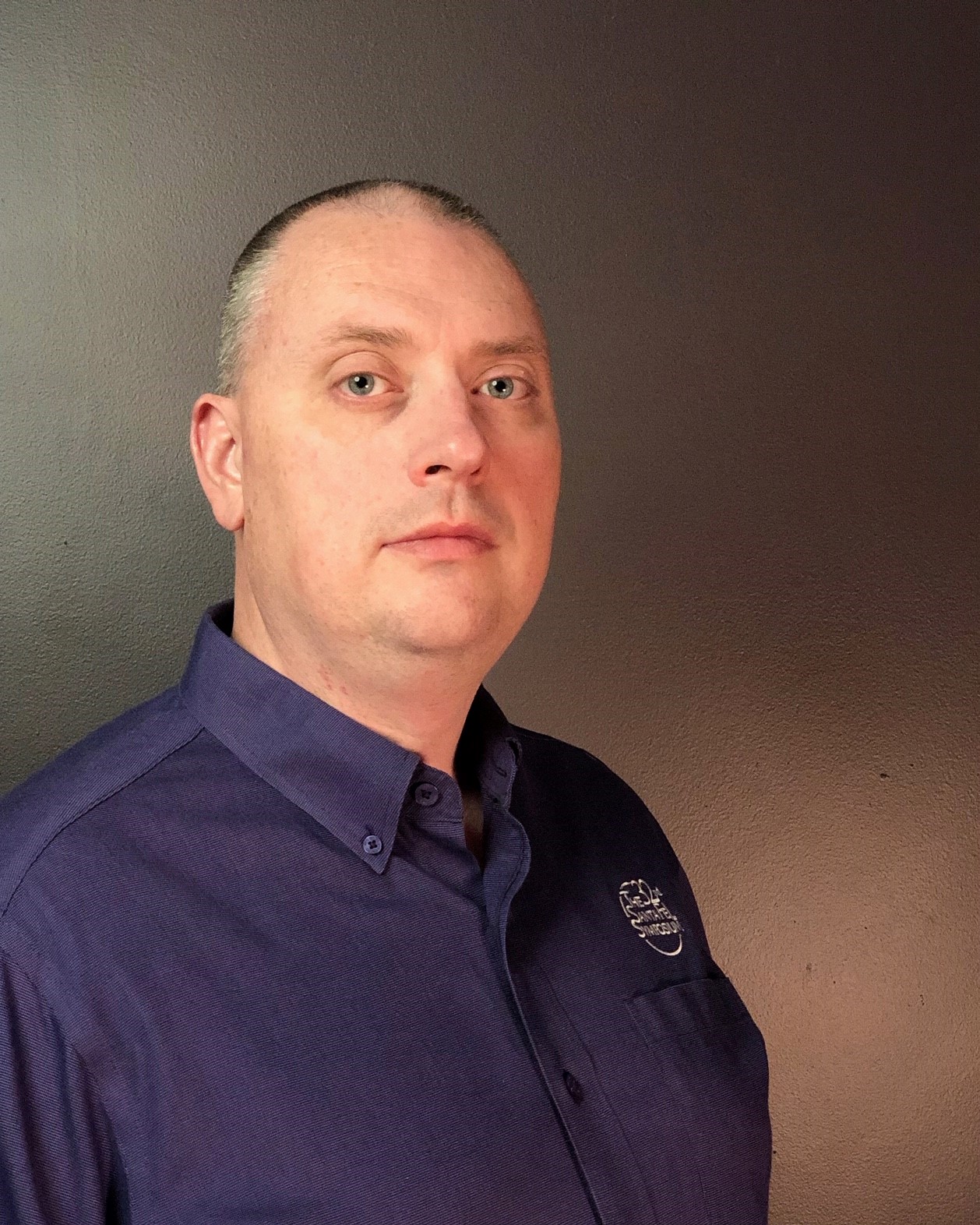
Dr Jörg Fischer-Bühner
Dr.-Ing. Jörg Fischer-Bühner holds a PhD in Physical Metallurgy and Materials Technology of the technical university RWTH Aachen, Germany. He is actually active in Research & Development for LEGOR Group SpA (Bressanvido, Italy) as well as INDUTHERM Erwärmungsanlagen GmbH and BluePower Casting Systems GmbH, (both Walzbachtal, Germany).
Before he was Head of Division of Physical Metallurgy at FEM, Research Institute for Precious Metals and Metal Chemistry (Schwäbisch Gmünd, Germany).
His work has included manufacturing support, failure analysis, training and consultancy to manufacturing companies. Research has focused on alloy properties, especially precious metal alloys for jewellery, dental and electrical engineering applications, as well as on manufacturing technologies, especially investment casting and metal powder fabrication amongst others for additive layer manufacturing.
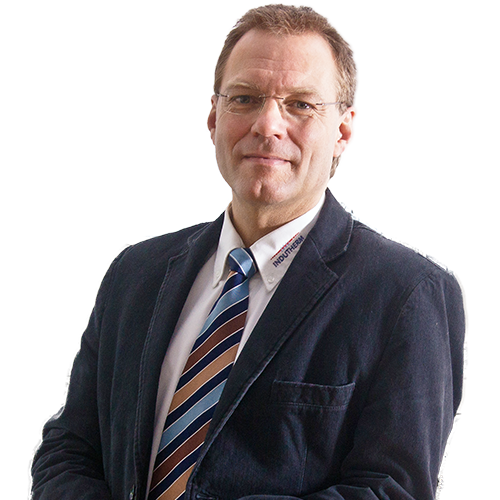
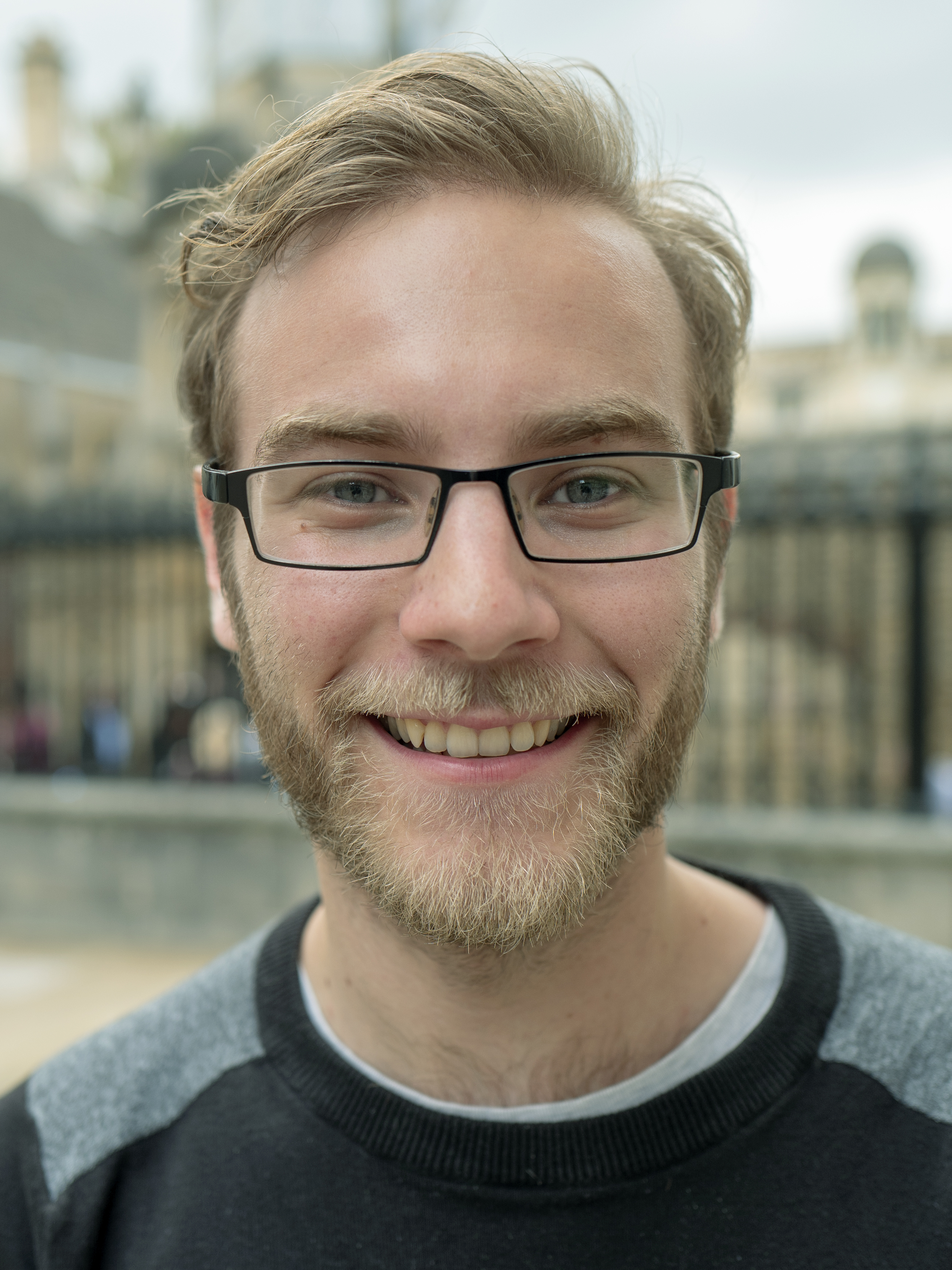
Dr Lewis Owen
Dr Lewis Owen is a research Fellow at Gonville and Caius College at the University of Cambridge.
His research focuses on X-ray and Neutron Scattering techniques used to study materials. Specifically, he works on the use and application of the total scattering technique for the study of local effects in alloy systems.
His work on the subject has been awarded prizes by the Cambridge Society for the Application of Research, and from the British Crystallographic Association (Malvern PANalytical Thesis Prize in Physical Crystallography).
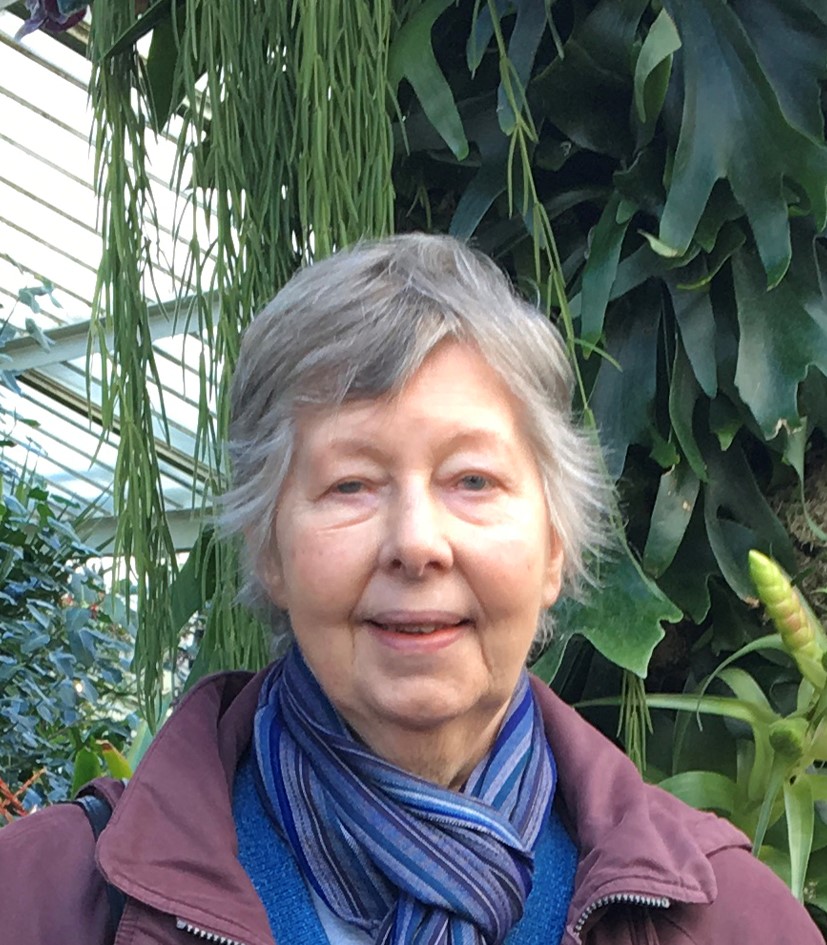
Dr Lynne Bartlett
Lynne is a self-employed jewellery designer/maker. Having originally studied chemistry and worked for many years in the Chemical Industry, jewellery is her second career.
Colour and Jewellery are major interests. She is an Fellow of the Gemmological Association of GB and an examiner for the Gem-A Foundation Course in Gemmology, a board member of the Association for Contemporary Jewellery, a trustee of the Society of Jewellery Historians and a member of the Colour Group (GB).
Colour features strongly in her work. Her practice is now particularly concerned with surface decoration on simple geometric forms, using the properties of the materials to create optical illusions. The forms and designs that she uses are influenced by her interest in jewellery history. Her practice also involves continual experimentation, developing new techniques for producing pattern on titanium and working with knowledge of the behaviour of the metal derived from her PhD research completed at the University of the Arts London (2010).
Dr Nuno Gonçalves
Nuno Gonçalves holds a PhD degree in the field of Computer Vision by the University of Coimbra (Portugal) since 2008.
He works since 2008 as Tenured Assistant Professor of the Department of Electrical and Computers Engineering of the Faculty of Sciences and Technologies of the University of Coimbra and he is Senior Researcher of the Institute of Systems and Robotics – University of Coimbra.
His scientific career has been mainly developed in the fields of Computer Vision and Computer Graphics and he is author of several articles and communications in high-impact journals and international conferences.
He has been recently coordinating several projects centred on the technology transfer to the industry. In 2018, he has joined the Portuguese Mint and Official Printing Office Lab (INCM Lab) where he coordinates innovation projects in areas such as graphical security, hallmarking, information systems and robotics. He has been working in the design and introduction of new products as result of the innovation projects.
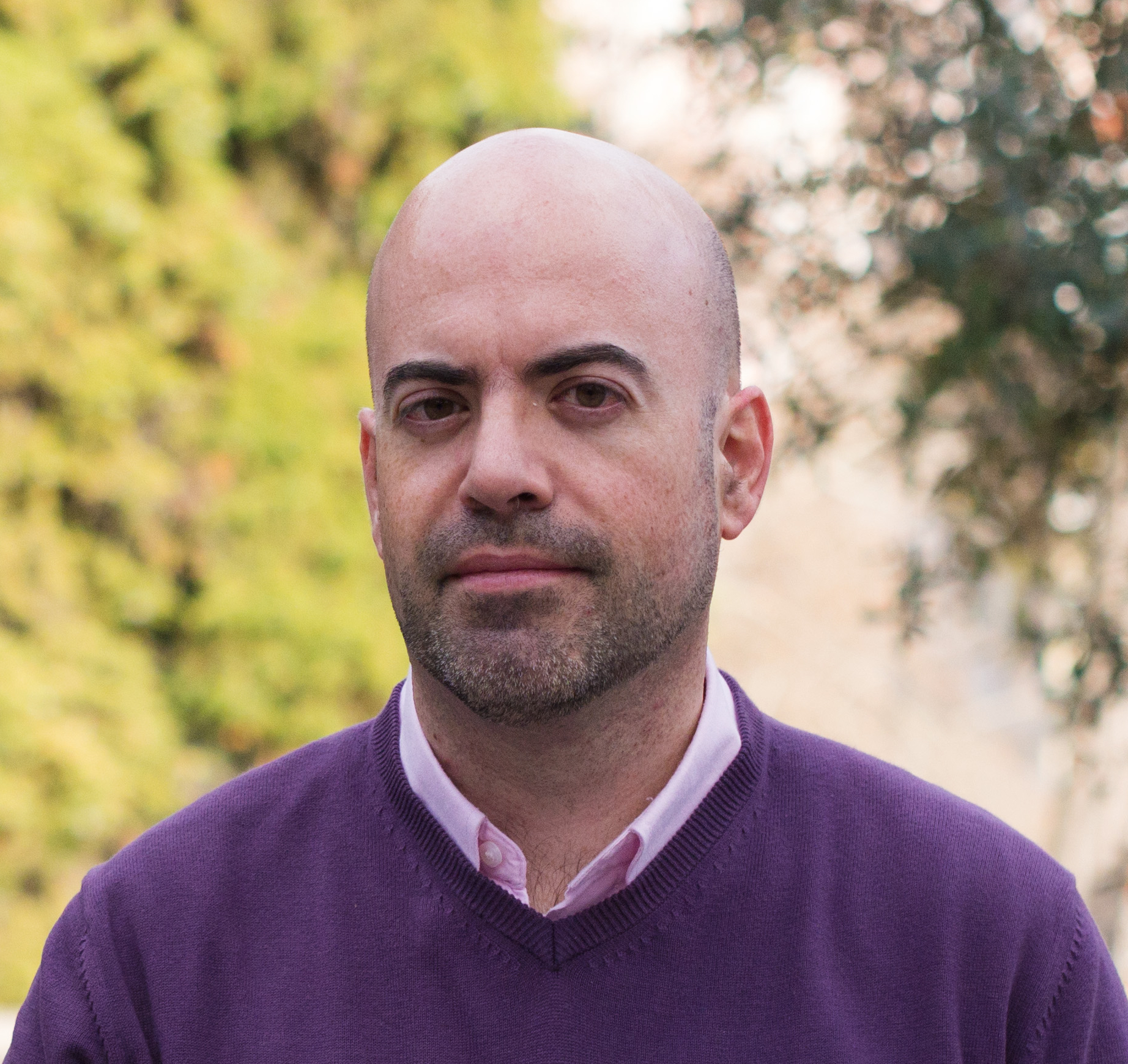
Damiano Zito
Damiano Zito is the CEO of Progold S.p.A., an Italian company specialized in the development, production and distribution of precious metals alloys and master alloys for jewellery production.
He holds an MBA from CUOA Business School and has 28 years of experience in the field.
He is a board member of the Italian Jewellery Association with the rights for Norms and Innovation.
From January 2016 he is the Chairman of the technical committee "Gems and Precious Metals" at the Italian Standard Body Association, UNI.He is also member delegate as Italian expert at the CEN TC 347, Methods for Analysis of Allergens as well at the ISO TC 174, Jewellery and Precious Metal.
He dedicates his entire life to study, teach and work on precious metals metallurgy for jewellery field. Thanks to this passion, he gave birth in 2015 to Progol3D®, the first service bureau of direct metal 3D printing jewellery.
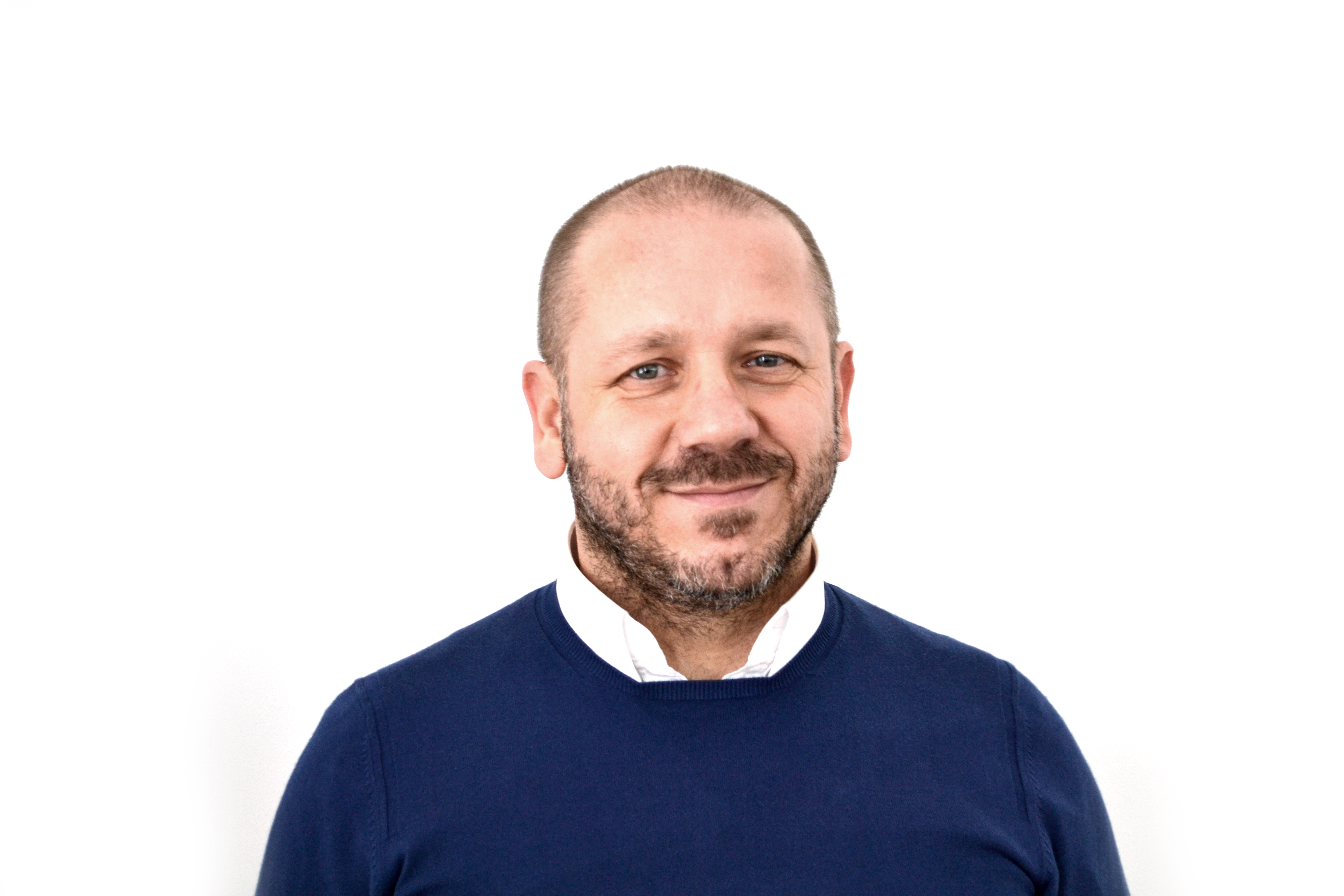
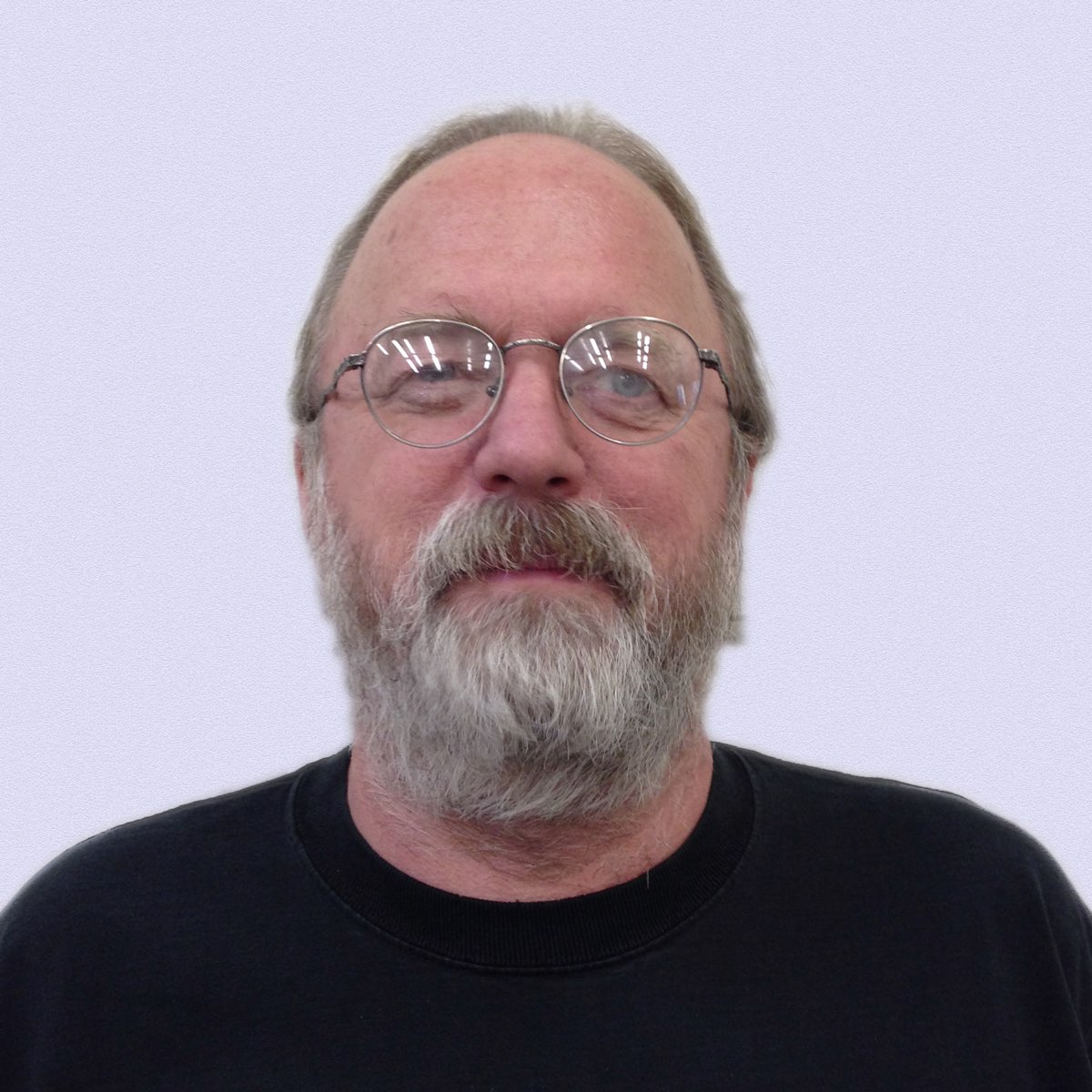
Jim Binnion
Jim Binnion founded his company, James Binnion Metal Arts, in 1991 and developed his own technique for making mokume gane using an electric kiln.
He produces a line of mokume gane wedding rings and other jewellery in his business. Jim is also a principal in Laminated Metals Technology LLC a supplier of mokume gane and stainless damascus steel materials to the trade.
A teacher of metalsmithing and goldsmithing techniques, Jim has conducted many workshops on mokume gane and other metalworking techniques.
Several pieces of his work have been exhibited by invitation.
He is a recipient of the Santa Fe Symposium Research Award, Ambassador and Industry Leader Awards and a three-time recipient of the Collaborative Research Award.
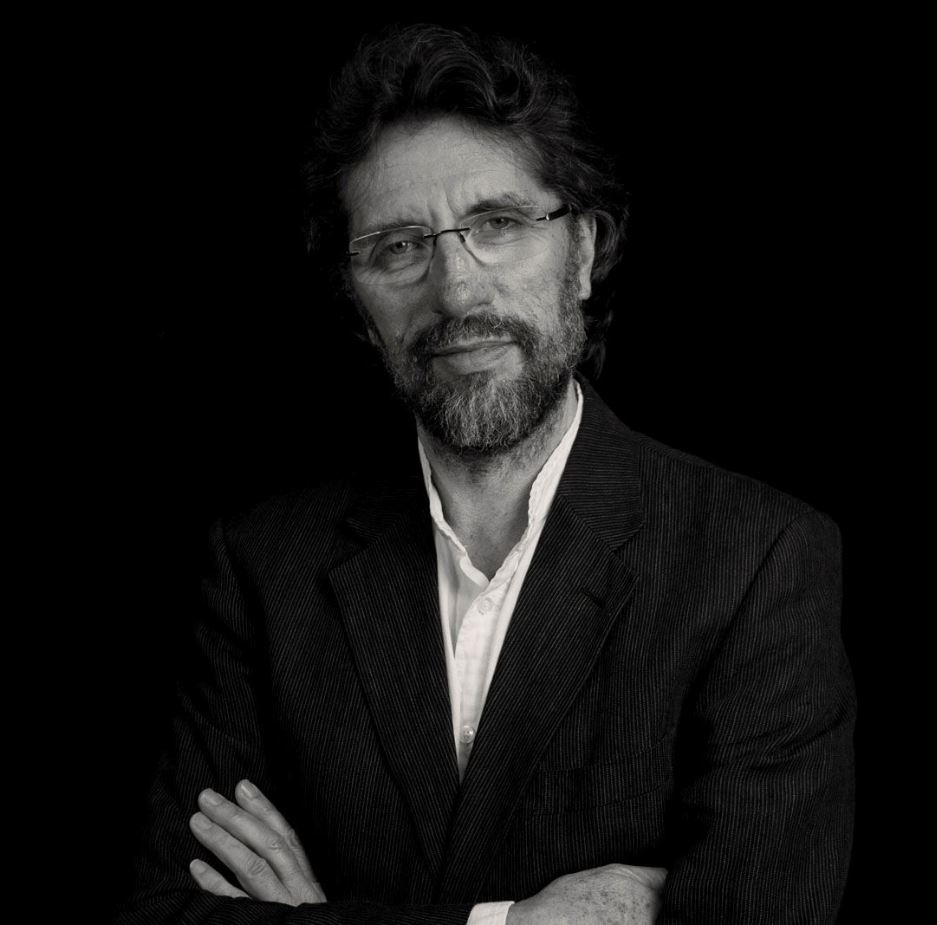
Martyn Pugh
Martyn Pugh (pictured) cannot remember a time when he was not designing or making. His design process draws on this early love for problem-solving, and his work combines a striking aesthetic with exceptional functionality. He produces both silverware and jewellery in Gold, Silver, Platinum, Diamonds and coloured stones. He has pioneered the use of Palladium and micro-alloyed 990 Pure Gold, making the largest decorative objects yet made in these metals.
Ann-Marie Carey is an associate professor at the School of Jewellery, Birmingham City University. As a jeweller who holds a PhD in laser applications and refractory metals, the duality of hand skills and advanced technology is a central focus of her research. The role of craftsmanship to act as the glue through which technologies (traditional and new) can amalgamate and explore is a constant theme and an approach which enabled the realisation of Pugh’s gold claret jug.
Dr John Wright came into contact with the Birmingham and London Assay Offices when researching quality assurance systems for Hong Kong, China, India and Dubai, some 40 years ago. That led to a strong interest in the metallurgy of precious metals, gemmology and jewellery, mostly seen as 15 papers (and the Lifetime Achievement Award) at the Santa Fe Symposia on Jewellery Manufacture.
